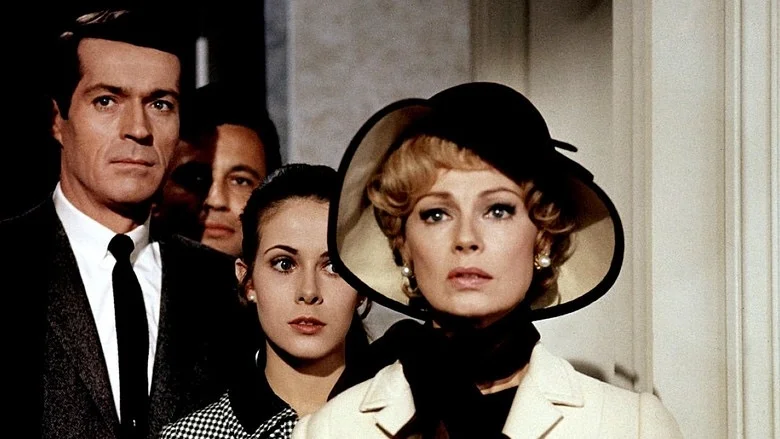Beginner’s Guide to Alfred Hitchcock: Lifeboat (1944)
Alfred Hitchcock liked to challenge himself, sometimes by limiting himself. He made four films that took place in a single location (for the most part). Rear Window, Rope, and Dial M for Murder act as an informal apartment trilogy. The fourth film, 1944’s Lifeboat, is different from the others. Hitchcock stages the whole film on a single lifeboat, as a number of shipwreck survivors try to stay alive. The film was controversial at the time of its release and barely made much money. However, it has since become known as one of the director’s unsung classics.
After a sea battle between an Allied Forces ship and a German U-boat leads to both going underwater, several British and American civilians and service people are stranded in a lifeboat in the middle of the North Atlantic. This includes glamorous journalist Connie Porter (Tallulah Bankhead), hotheaded engineer Kovac (John Hodiak), industrialist Rittenhouse (Henry Hull), and radioman Stanley (Hume Cronyn). The survivors rescue someone who turns out to be a Nazi from the U-boat Willi (Walter Slezak). The survivors argue about whether to let him stay on the boat, but soon realize he may be the only one who’s able to steer them to land.
Alfred Hitchcock made the film for 20th Century Fox while he was under contract with David O. Selznick (he was loaned out in exchange for several actors). He had signed on to direct two films for Fox, but Lifeboat was the only film to come out of the deal. Hitchcock came up with the idea for Lifeboat, and pitched it to several writers before hiring John Steinbeck (the script would go through several rewrites before shooting). The production took a long time because of its complicated design, and the studio reportedly was unhappy about that. Perhaps that’s why Hitchcock didn’t complete his contract with them.
Strangers stuck together in a life or death situation is a classic set-up, and Hitchcock does a lot with it. He uses the small space quite effectively, with claustrophobic close-ups, harrowing sea storms, and quite lovely compositions for the group shots. Hitchcock and cinematographer Glen MacWilliams (known for working primarily with 20th Century Fox, including Laurel & Hardy films) shoot every inch of the lifeboat. The film highlights that even in such a too-close-for-comfort quarter, people can still have some private moments. Hitchcock used four lifeboats during filming: one for rehearsing, one in a large tank for the water shots, and two for the close-ups and wide shots. He used a model lifeboat to create the compositions. Lifeboat looks like it was a complicated shoot, so it’s not surprising that it took a long time.
As mentioned above, Lifeboat was extremely controversial at the time. Critics, including Dorothy Thompson and Bosley Crowther, thought the film was insulting to the Allied Forces by positioning the German as the best sailor and the person the survivors have to rely on for safety. Thompson even thought the film could be used as Nazi propaganda, with the German sailor outsmarting the British and Americans. I think that is a profound misreading of both the film and Hitchcock as a whole. Lifeboat is about separate individuals coming together to defeat a common enemy. Though everyone bickers, they have to get past their differences and disorganization to stay alive. That the villain is more skilled and better prepared is classic Hitchcockian irony; he often puts hapless heroes against forces bigger than themselves. That premise works well as a metaphor for WWII, with the righteous but disorderly allies up against the Nazis who seemed more prepared and determined.
Maybe such a nuanced and allegorical take on WWII was too much for 1944, when the war was still raging on. The film did not do well, primarily because of the controversy. Lifeboat has since been vindicated with time, even though it’s not usually brought up as a major work of Hitchcock’s, like Psycho or Strangers on a Train. There is no score in Lifeboat, which makes the film unsettling. The film has some pretty strong performances, and the cast has exciting chemistry together. Lifeboat may not be a movie everyone talks about, but it is a fascinating war film from the director.















